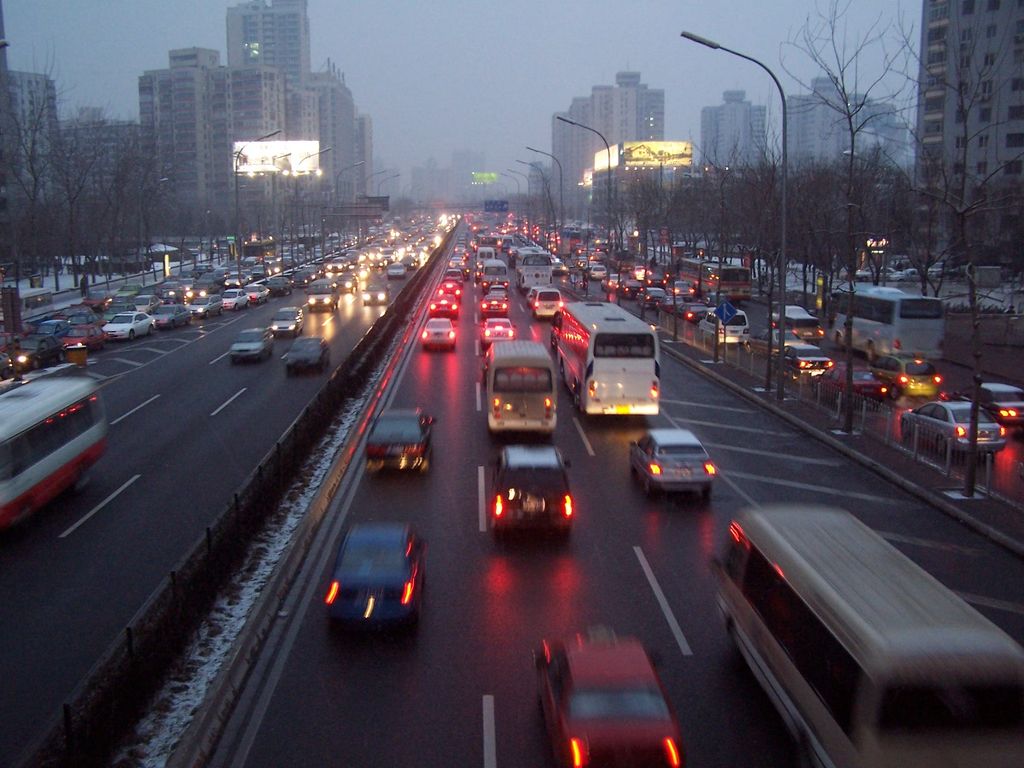
Greenhouse Gases and Climate Change
Greenhouse gases are gases that generate the greenhouse effect in the Earth’s atmosphere, trapping heat that would otherwise be discharged to outer space. Greenhouse gases absorb heat produced by infrared radiation, making it hard for the gases to leave our atmosphere. Some major greenhouse gases are:
- Chlorofluorocarbons (CFC)
- Water vapor
- Carbon dioxide (CO2)
- Methane
- Nitrogen trifluoride (NF3)
- Hydrochlorofluorocarbons (HCFC)
- Nitrous oxide
- Tetrafluoromethane
- Sulfur hexafluoride
The most profuse greenhouse gases in the atmosphere are carbon dioxide, methane, water vapor, nitrous oxide and chlorofluorocarbons (CFCs). Greenhouse gases, such as carbon dioxide, serve as a mantle, entrapping heat close to the earth surface and increasing the temperature.
The production of greenhouse gases is caused by both natural and human sources although it is widely accepted that climate change has been sped up as a result of human activity. From the start of the industrial revolution, human influence on our planet has has a huge impact. The plain truth is that the greatest source of greenhouse gases are from fuels such as oil, coal, and natural gas. The use of fossil fuels emits tons of greenhouse gases into the earth’s atmosphere. Cars, electricity produced by coal, and fuel burned by agricultural machines greatly add to the amount of greenhouse gases in our atmosphere.
Greenhouse gases have detrimental effects around the world as they contribute to climate change. Heat waves, more intense storms, rising sea levels, ocean acidification, dessert expansion, and changing weather patterns have damaging impacts on the ecosystem. Islands are disappearing and people living in coastline regions have been forced to move.
Additionally, natural greenhouse gases are contributing more to global warming and are also linked to climate changes. The amount of water vapor in the atmosphere has increased in response to the rise in global temperature, caused by the expanded water-holding ability of a warmer atmosphere. Since water vapor is a greenhouse gas, the rate of global warming is greater than ever before.
Finally, the impact of industrial farming cannot be underestimated. Farm animals produce huge amounts of methane. Meat based diets around the world have resulted in a system of farming that’s become one of the biggest contributors to climate change.
Climate-Friendly Alternatives to Sources of Greenhouse Gases
Realizing that the present energy sources and climate change are exactly connected is the first phase of solving the issue. Decreasing reliance on fossil fuels and investing in alternative energy sources can have a remarkable and affirmative impact on global warming. Wind power and solar power which can reduce the production of greenhouse gases and makes us less dependent on foreign oil.
Creating more green spaces in our cities, including food-producing gardens, helps reduce the amount of carbon dioxide in the air. At the same time, if we promote the idea of a plant based diet, we can scale back industrial meat farming and put less methane into the atmosphere.
- by Russell Simmons
- December 31, 2018




